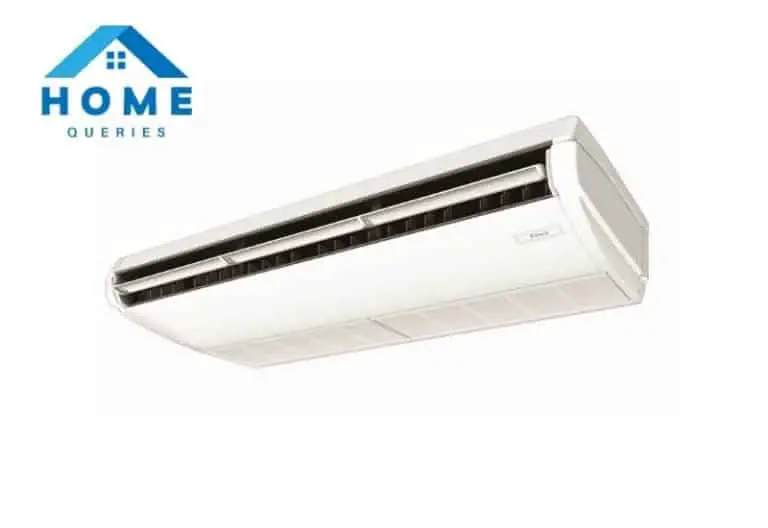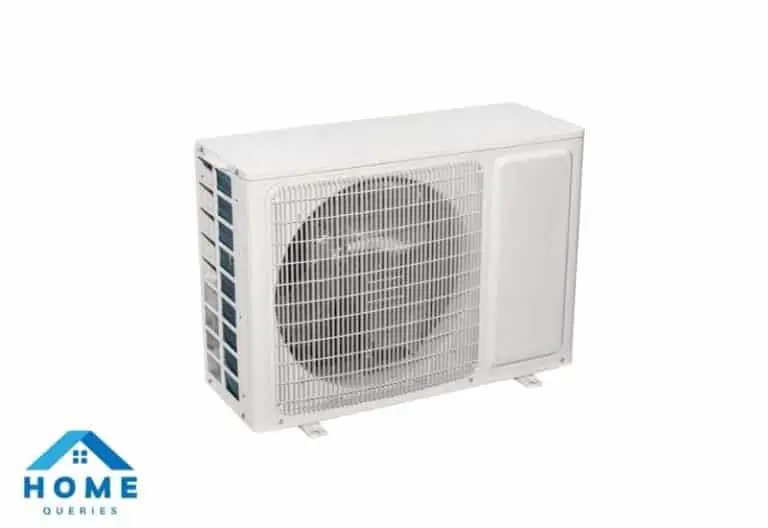If you’re a homeowner, there’s a good chance that at some point you’ll need to install or repair your air conditioner. And if you’re like most people, you may not have a lot of experience with HVAC systems.
Just like your plumbing, your air conditioning needs fittings to keep everything running smoothly. Compression fittings are a popular option for air conditioners, but can they be used on AC units?
In this post, we’ll discuss compression fittings and whether or not they can be used on air conditioners. We’ll also provide some tips for installing and repairing air conditioners. Thanks for reading!

So, Can You Use Compression Fittings On Air Conditioner?
The fittings are anodized corrosion and wear. Easily assembled using a patented fitting connection method. This threaded connection requires no brazing special equipment training or lubricants. These fittings are commercially assembled making it simple and quick to create leak-proof connections. To assemble the fitting, please note the following instructions:
- Put the Ferrule into the female position. Make sure the ferrule is in the position illustrated. Otherwise, the fitting cannot be assembled.
- Insert the fitting body into the nut and place the second ferrule on top. Then place the male nut on top and screw the fitting by hand. Now you can screw the tubes into the fitting.
- Before the installation, make sure the tube is free of kinks or bends for at least 1.18 inches or 30 millimetres from the end of the tube.
- If the tube has any applied coating there is no need to remove it. Verify that you’re using the correct size of the tube and make sure that it’s clean. Free of Deborah’s, rust, or any oils.
- To be fully inserted, the tube should be 0.8 inches or 22 millimetres inside of the fitting. No matter the size of the fitting you are using.
- Mark the tube for depth penetration into the fitting. To insert the tube into the fitting, firmly push it in until you feel the tube is seated. Tighten the fitting with a wrench using moderate force.
Some fittings provide clear confirmation of the installation. If there is no gap between the nuts, the assembly is complete and ready for use. This will guarantee superior airtight sealing.
If you want to disassemble the fitting, use a wrench to separate the nuts after you have loosened the fitting, pull the tube out. Turn the tube counterclockwise while pulling it from the body.
Keep in mind that the ferrule is not a very usable part. If you plan to use the fitting again, the ferrule and 30 millimetres of the tube must be cut off and a ferrule to be used to create a zero leakage connection.
So, this is the way of compression fittings of an air conditioner. This compression fitting is not very suitable for an air conditioner.
What Is A Compression Fitting?
A compression fitting is just like its title. It works by compressing a component of the fitting into another component to create a watertight seal. The standard unit is a sleeve that goes onto the tubing that you’re going to want to put together. It comprises a nut that does the compressing. And the connection is connected to another tube or a piece of equipment.
Compression happens when the nut gets tightened down on the fitting.
How Does A Compression Fitting Work?
Compression fittings work by compressing the sleeve into the top of the fitting. And that is done by pulling the nut down onto the threads. And typically you use a wrench to tighten this up, and as it tightens up, it compresses that sleeve.
It’s that little, it’s available in brass or plastic and it compresses this sleeve into the top of that fitting. And that creates the seal, so you don’t get any water past it. But truly, the name of the fitting is compression, because it compresses that sleeve down into the fitting to create the seal.
What Are Compression Fittings Made From?
Compression fittings are made from A variety of materials, from brass to a variety of plastics, even stainless steel. Even the angle you stop that you find under your sink in the kitchen is a compression fitting, and it’s made from stainless steel. It can also be plastic. It can be made from brass.
What Are Compression Fittings Used For?
Compression fittings are used in a variety of places, pretty much anywhere you’re connecting either water line or air, gas pneumatic type lines. They’re great at creating a seal. You have to use tools to put a compression fitting together. So, if you’re just hooking up drinking water systems, you’re probably gonna lean towards a quick connection, or a quick-release type fitting.
But, there’s a lot of old-school guys out there that like the compression fittings, because they give you a good, solid connection. But compression fittings, for example, the angles often stop underneath your sink, these are compression floods. These types of flex lines often will be compression-type threads that you would hook up to a coffee brewer, for example.
This particular one has a faucet connection on one side, and then the angle stops connection, which is your compression thread on the other. But you can use just a regular compression nut and sleeve to attach tubing to the top of an angle stop.

How Much Pressure Can A Compression Fitting Withstand?
The style of compression fitting is going to determine how much pressure, what kind of heat it’ll take. The traditional brass-type connectors are going to take a lot more pressure than, say , a plastic connector, such as the JACO line. These have a plastic or a steel grab ring. Using the plastic grab ring is not going to take as much pressure as a brass-type compression fitting.
The type of tubing that you use will also determine how much pressure the fitting will take.
What Happens If Your Compression Fitting Starts To Leak?
If you should find that a compression leak, a compression fitting is leaking, you’ll have to kind of determine where the leak is coming from. Usually, once you have a sound connection, and you’ve put it together properly, and you’ve wrenched it down to where it’s good and tight, chances are pretty good it’s not going to leak unless something happens.
Somebody moves a piece of tubing and it puts some strain or torque on the fitting itself. The plastic-type fittings might be more prone to start leaking once they’ve been installed. But again, usually, that’s because something has happened externally to alter the stress or the component.
If you’re using these in an area there might be vibration. Let’s see you’re using it on an appliance or a piece of equipment that has a pump or motor of some nature, and there’s vibration, it is possible that the nut might back off if you didn’t get it down well and tight.
And if it backs off, it’ll allow that tubing and that sleeve to back out of the fitting, and that might be a reason for it to leak. The best way to attack that is to turn the water off, take the fitting apart, and then reassemble it.
First, inspect it of course to make sure you don’t see anything obvious. Once you reassembled it, hopefully, that stops the leak. If not, you may have to replace the fitting and the tube that was right there.
Usually, when you compress these, that little sleeve is not going to come off the tubing anymore. It’s actually because of that compression activity, it’s deformed the end of the tubing.
That’s good because it helps make the seal. But if you have to take the fitting out, you’re going to cut the sleeve off to go back together.
Read more: Can An Air Conditioner Have Two Thermostats?
How Do You Install And Remove A Compression Fitting?
Compression fittings can be assembled and installed very methodically. They have three components-
- The body of the fitting.
- The ferrule or the sleeve.
- The nut.
Put the nut up on your tubing. Then slide your sleeve up, and put the tubing into the connection. Then, pull your nut down and screw it on.
You’re going to use a wrench to put it on tight, and that allows that sleeve to be compressed into the top of the body of the fitting. And that creates the seal. To take them apart, you just reverse that order.
Undo the sleeve. Typically, you can pull the tube out. And that little sleeve there is probably stuck there. Unless you’re putting it right back into the fitting, if you’re changing this connection, by any means a good chance that you’re going to have to cut that sleeve off. If you’re putting it right back into another compression fitting. Let’s see, put it right on your angle stop, you can leave the sleeve there and use it again because the compression fitting will work the same way.
Conclusion
I have found this type on an air conditioner unit from the ’80s which used compression fitting. It looks like it came from a factory like this. I just don’t see why you would do that.
Can you use compression fittings on the air conditioner? I won’t suggest you do that. But the decision is yours. Make a wise decision!






